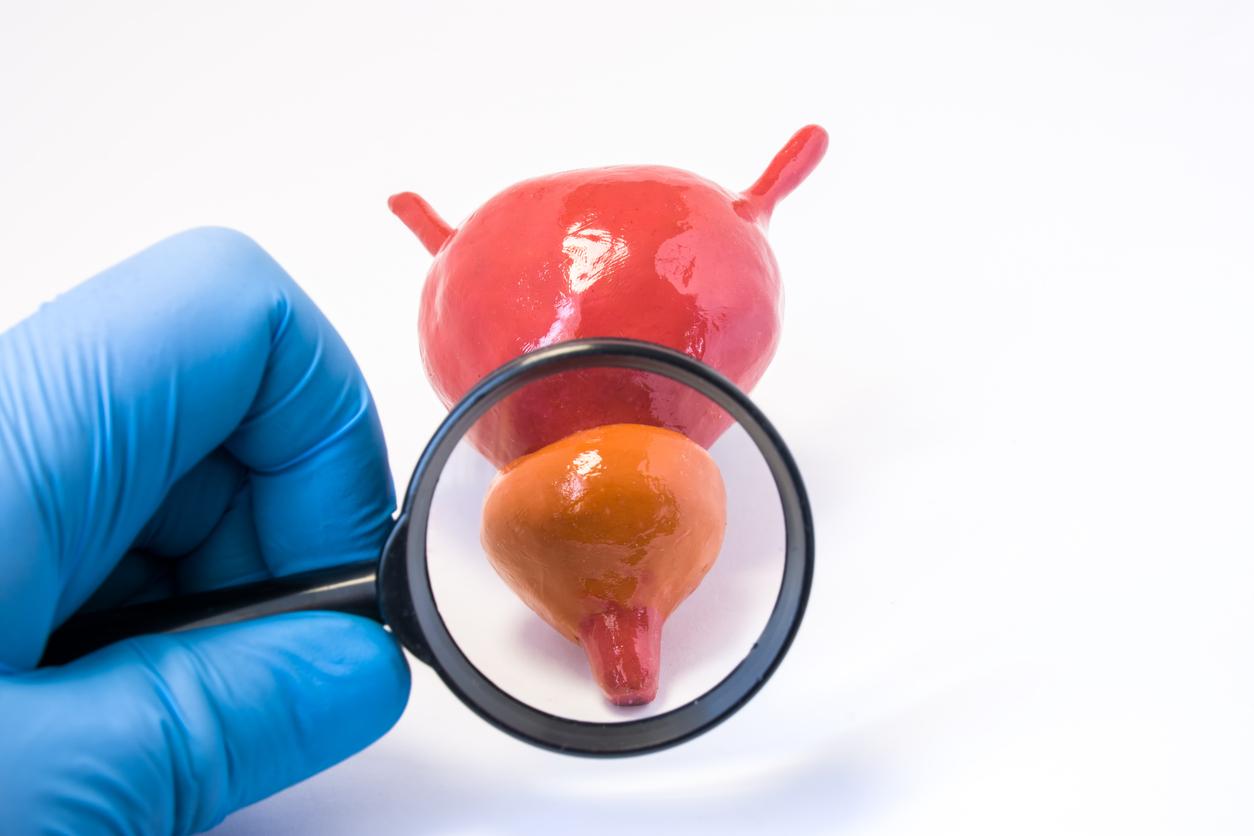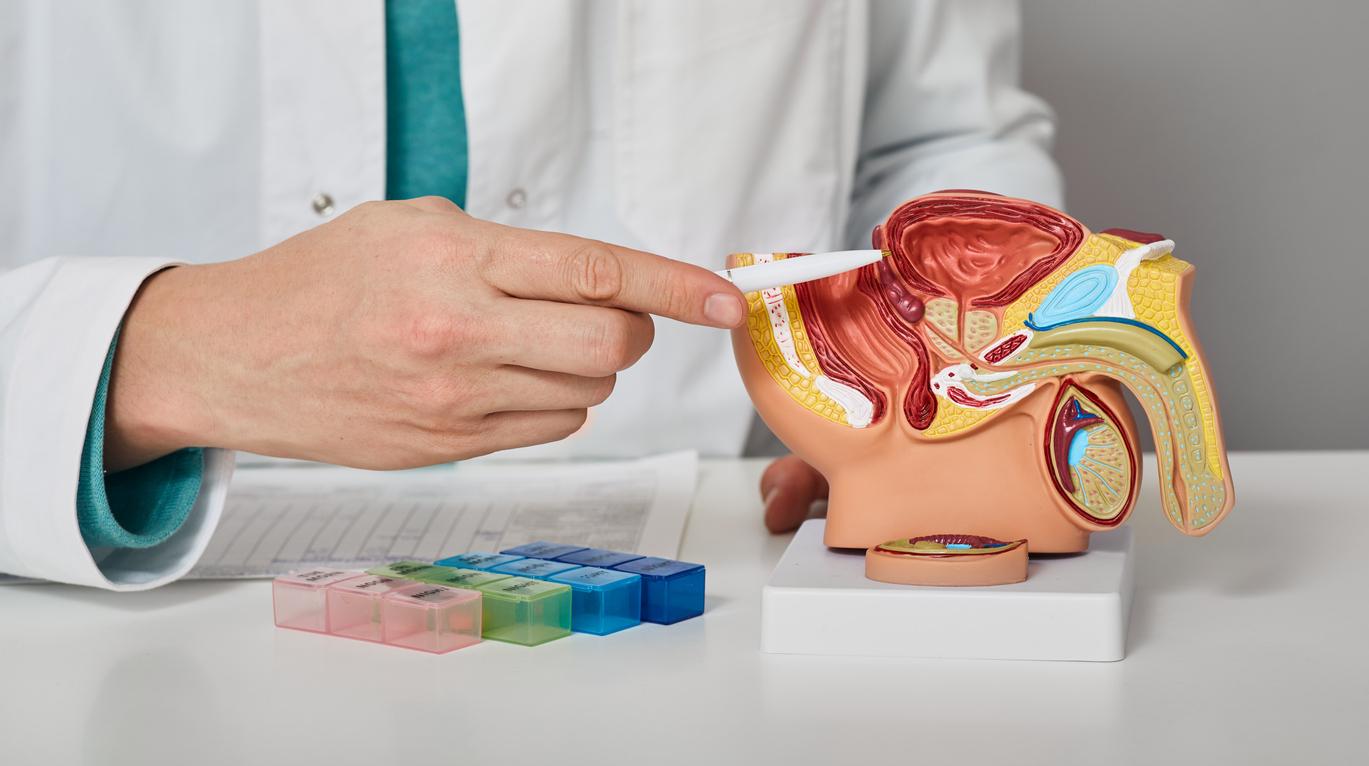Men with “low-risk prostate cancer” have less and less recourse to radiotherapy or prostatectomy.

Many men with low-risk prostate cancer are now adopting an ‘active surveillance’ strategy, according to a researcher. new analysis made by scientists from Dana Farber Cancer Institute. Previously, they would likely have undergone immediate surgery or radiation therapy.
No need to worry about treatment toxicity
Use of ‘active surveillance’ increased from 14.5% to 42.1% in men with low-risk prostate cancer between 2010 and 2015, according to team led by oncologist Brandon Mahal and radiologist. During the same period, the percentage of men undergoing prostatectomy (removal of the prostate) fell from 47.4% to 31.3%. The use of radiotherapy for low-risk diseases has fallen from 38% to 26.6%.
“What we know for sure is that active surveillance for low-risk prostate cancer is associated with a very favorable prognosis,” says Brandon Mahal. “Many men with this low-risk disease then don’t have to worry about treatment toxicity, so it’s an important discussion to have between clinicians and patients,” he says. Low-risk prostate cancer is diagnosed when a small tumor confined to the prostate gland is detected, which is assigned a score of 6 on the Gleason scale after a biopsy.
A more radical prostatectomy
The study also revealed developments in the treatment of high-risk prostate cancer. Between 2010 and 2015, the use of radical prostatectomy increased from 38% to 42.8%, while radiotherapy decreased from 60.1% to 55%. “This shift in treatment regimens away from radiotherapy in favor of more radical prostatectomy is not supported by any recent high-level study,” says Brandon Mahal.
Urinary incontinence, sexual impotence… The side effects of treatments against prostate cancer are particularly severe and disabling. As a result, most men who are affected say they want to survive it, of course, but not at any price. On average, sufferers are willing to give up 0.68% of their chance of survival if it means they can get a 1% improvement in their chance of not suffering from urinary incontinence (which involves wearing diapers ). They are also willing to give up a 0.41% improvement in their chances of survival in exchange for a 1% improvement in their chances of not needing additional treatments to cure side effects.
One in seven men will get prostate cancer
One in seven men will get prostate cancer in their lifetime. From the age of 45, problems related to the prostate should be discussed with your doctor (especially for those who are not Caucasian or who have already had cases of cancer in their family).

.















